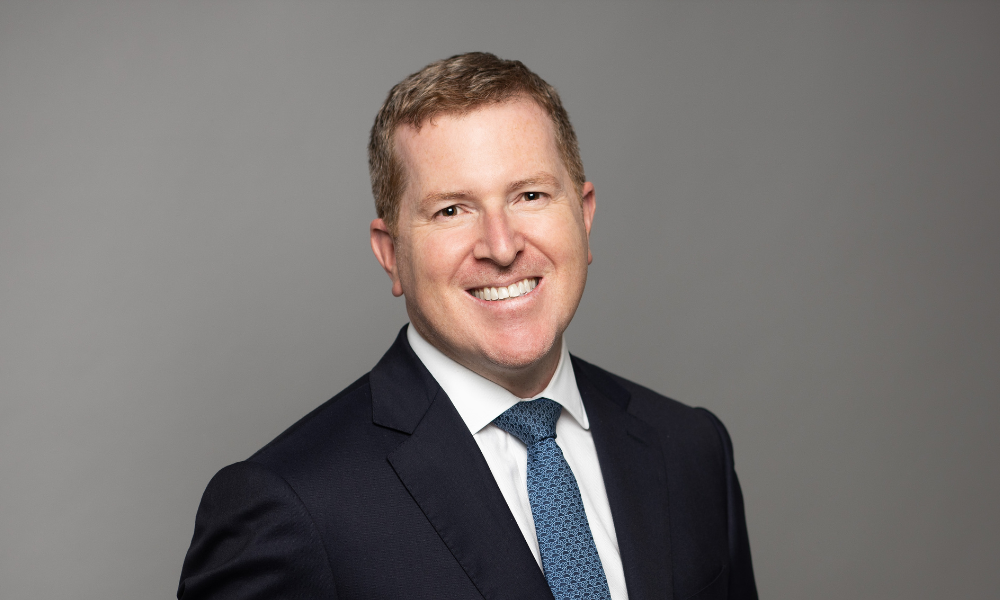[ad_1]
Lewis explains that traders have flocked to mega-caps this yr thus far due to the best way they low cost cashflows. Progress prospects on different ends of the market haven’t been excessive sufficient to counterbalance the potential for larger rates of interest. Nevertheless, this has meant the broader market has turn out to be comparatively cheaper which units what Lewis believes to be an fascinating setup for the following stage of market development.
The shocking information that US inflation was decrease than anticipated in October has probably modified a few of these dynamics. US treasury yields on the long-end of the curve have fallen considerably as markets more and more low cost the chance of one other central financial institution rate of interest improve. Lewis says that we’re starting to see some financial cracks forming on account of central financial institution tightening, however markets’ best headwind — excessive rates of interest — could also be abating considerably now.
Lewis sees the potential for alternative now in interest-rate delicate sectors that had been fairly closely beat up over the previous two years. Utilities and actual property, which each nonetheless face some structural challenges post-pandemic, could also be extra engaging now than they’ve been earlier than. He believes, too, that we are going to live on in a inventory picker’s market.
Lewis argues that when cash is affordable to lend, it’s very troublesome to distinguish the standard of firms’ steadiness sheets. Now that charges are larger, even when the climbing cycle could also be carried out, a diligent lively supervisor can present larger worth. Between 2009 and 2020 Lewis believes traders weren’t rewarded for diversification. Now, nevertheless, he sees a larger likelihood of outperformance by diversification, each inside equities and into mounted revenue and different asset lessons. He believes that a few of the best alternative lies in diversification away from the mega-caps, although he expects they may proceed to point out power. He argues that the risk-return profile is altering sufficient that smaller firms ought to provide larger alpha throughout the context of a well-diversified portfolio.
Even when there’s now an opportunity for the broader market to meet up with the mega-caps, threat persist within the type of policymaker choices. Lewis believes that if central bankers stay hawkish regardless of an more and more weak economic system traders may wrestle. Because the narrative could shift shortly in Canada from inflation to weak development central bankers could wrestle to pivot which may have unfavorable impacts. Whereas Lewis hopes we don’t return to near-zero charges, he additionally expects some cuts to come back comparatively quickly.
[ad_2]

